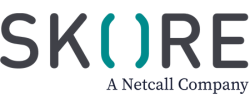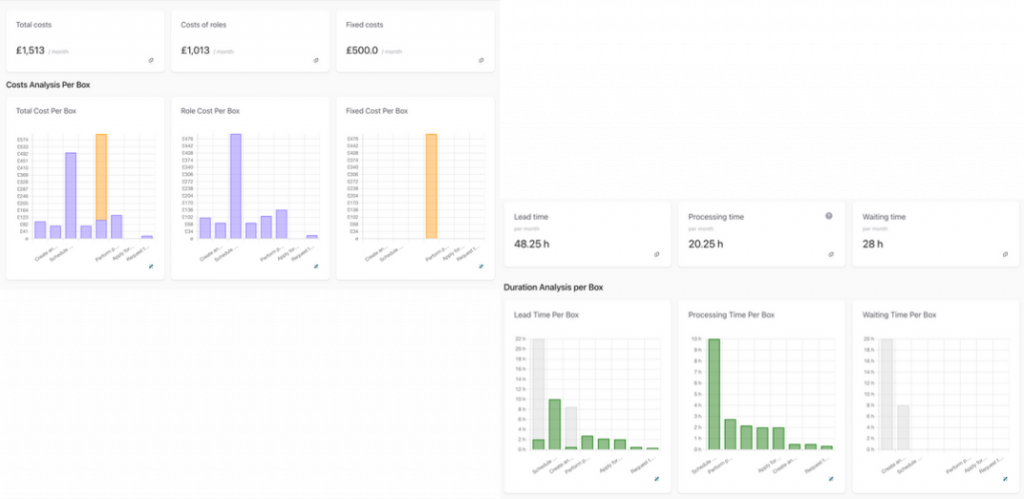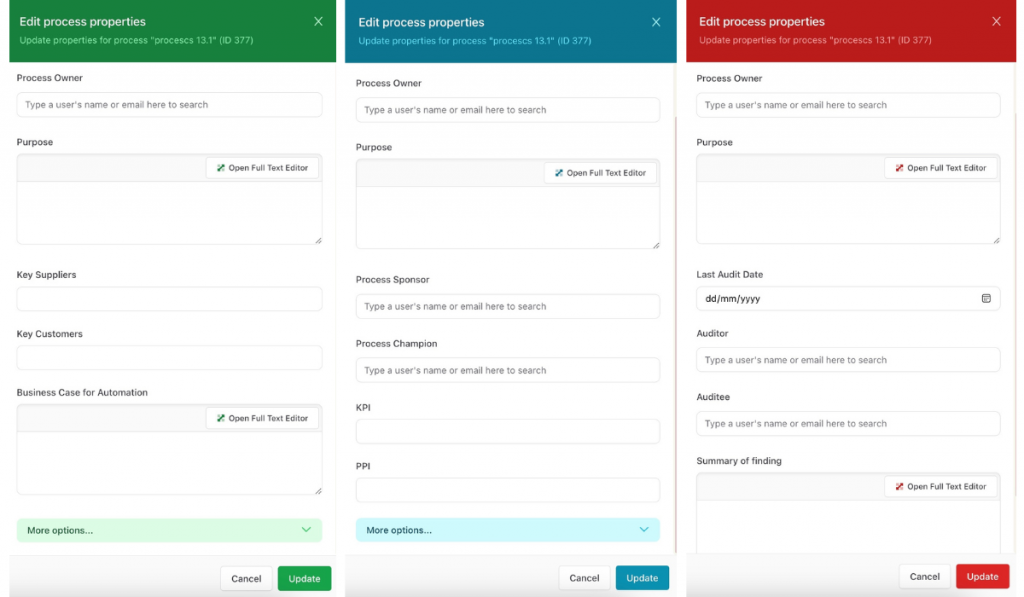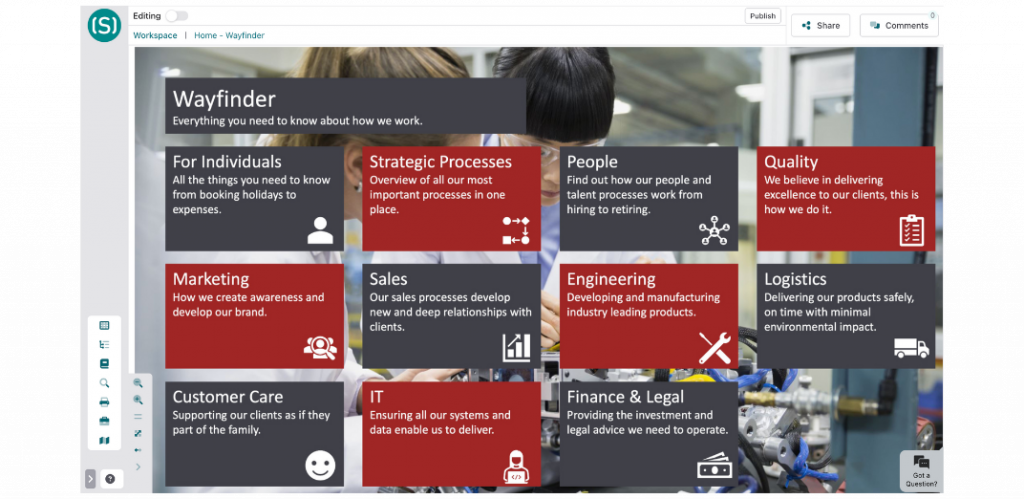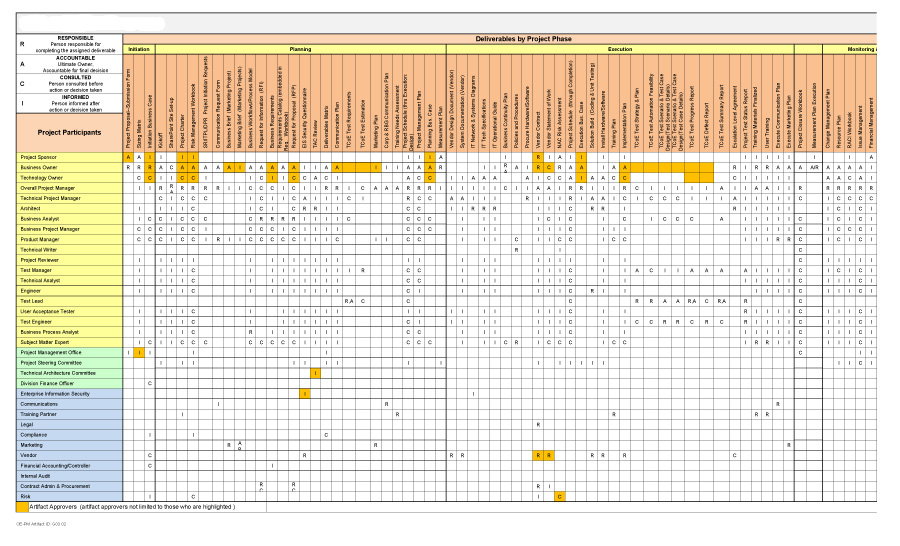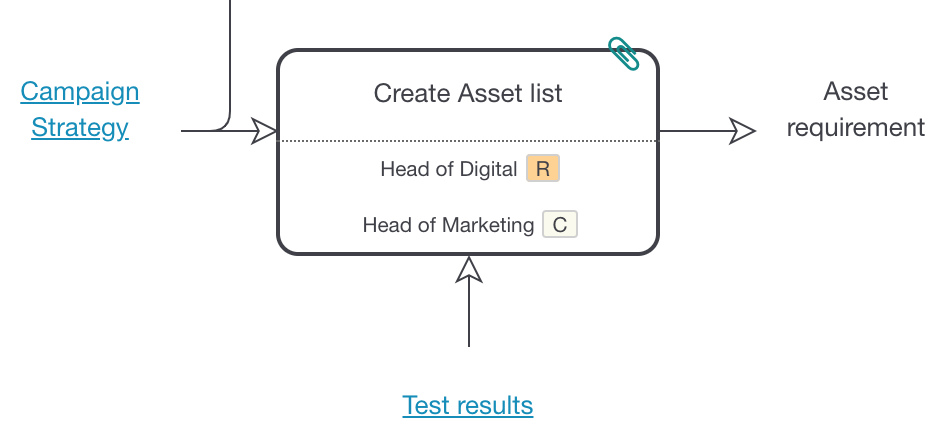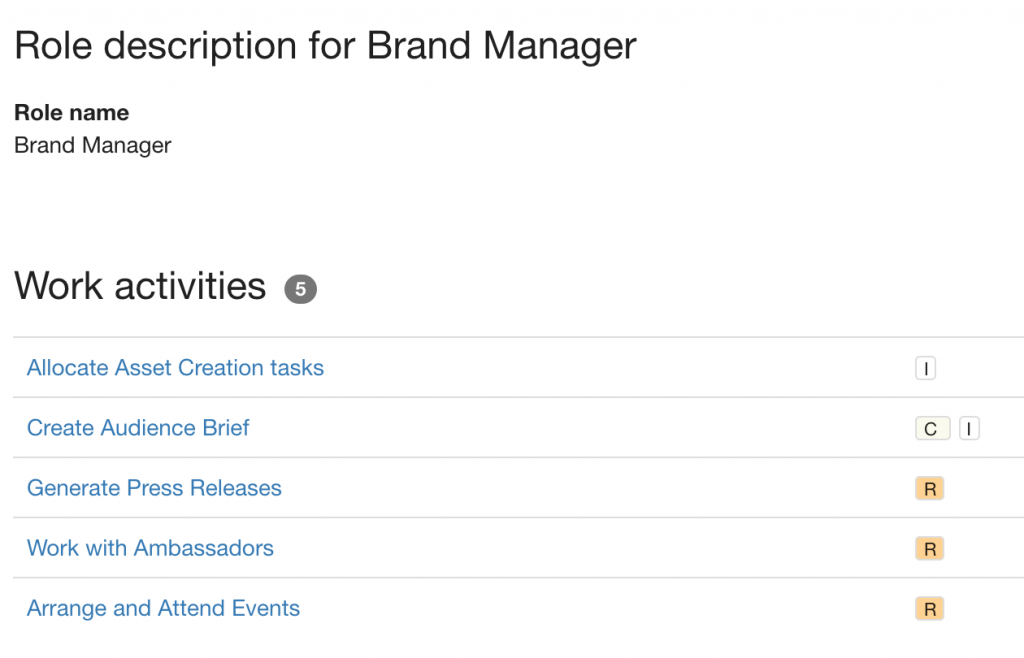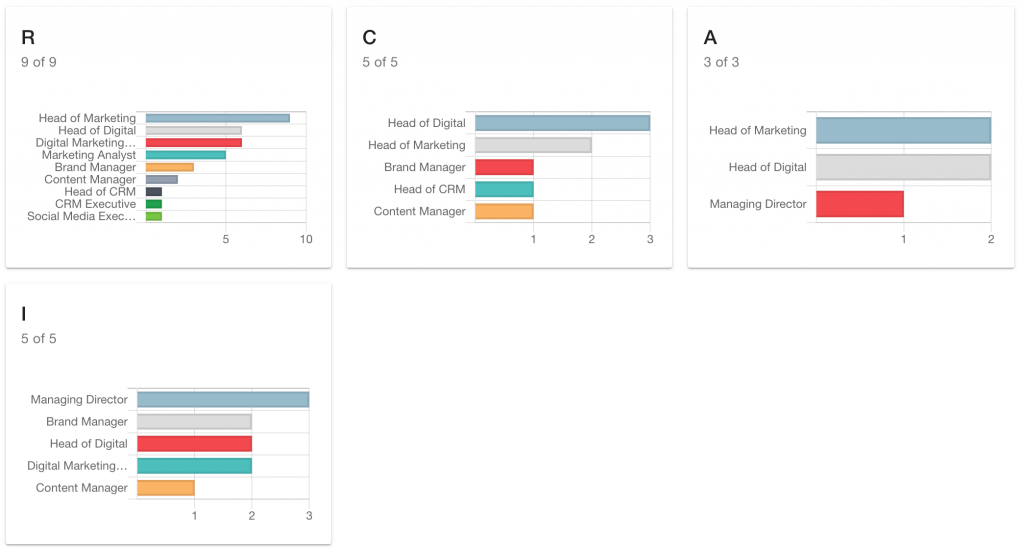Learn How to Run a Time and Motion Study to Improve Your Business
If you’re looking to improve your business and make a fundamental change in how you manage it, it’s time to consider running a time and motion study.
It will provide you with the information you need to assess your business and find where to improve it based on that data.
Not sure how to go about doing it?
That’s what we’re here to help you with.
What Is a Time and Motion Study: 5 Steps
Step one, what do we mean when we say run a time and motion study?
A time and motion study is an evaluative analysis of industrial performance. In other words, studying how much time goes into conducting certain actions in a business process. Originally conceived for early 20th-century offices and factories in the USA, time and motion studies have since been adopted by a variety of industries and businesses.
The goal is to maximize efficiency by having measurable data amounts to refer to when analysing business processes and looking for improvement spots. This helps companies standardise their work processes and continuously improve.
Time and motion studies consist of five key steps:
First, you want to study how your business is currently running. Having a full picture of what the day-to-day consists of is key to being able to make decisions when needed. You can’t simply suggest changes without being aware of how things currently are, as you will not know the impact they may have. You will spend a lot of time watching how your team is doing things, and how long it is taking them, and how far they may be required to travel.
Once you’ve understood how your business runs, you’ll find it significantly easier to find bottlenecks or trouble spots for improvement. Thanks to the bigger picture of your business processes, you’re able to study them closely and see what’s working and what’s not working. Anything that might be affecting efficiency will become more obvious.
The next step is conducting the necessary changes to improve. Based on the bottlenecks or trouble areas you’ve found, you will take steps to try and fix them. Your goal will always be efficiency, so you may be removing redundant steps or finding ways to cut down travel time.
You will keep a close eye to evaluate if the desired results are achieved. If you’re looking to reduce certain wait times, you will be paying close attention to whether or not simplifying a sign-off process as you did it does impact the wait time on certain processes or not. Or if it impacts it only for a bit and then goes back to normal, then you will want to ascertain why that is happening.
Based on your results, you will then continue to run this study to continue improving and becoming even more efficient. You will find more and more ways to make the process better and save your team time and effort, either with the adoption of automation or with discovering new sourcing options, for example.
This all sounds easy in theory, but once you start getting into the weeds you may find yourself overwhelmed with understanding how your business works and how exactly to get started.
Fortunately, Skore exists to help you get going.
How Skore Helps You Create a Time and Motion Study
Skore is a platform built specifically for process improvement, starting with mapping the visualisation of the actions your business takes to arrive at a certain organisational goal. Process mapping is key to helping you and your team understand how your business conducts all of its daily tasks, and to retaining that information to find improvement spots.
How does this work for a time and motion study?
Well, a time and motion study is essentially made up of two parts:
First, data collection. This is studying how your business is run: what your employees are doing daily, what tasks need to be accounted for, how long it’s taking, what steps must be taken for processes to move forward, how far people are traveling to complete tasks, etc.
A process map is an instrumental component of truly understanding how your business runs: it helps you determine what you are going to measure in the latter part of the study, and it helps you record any deviations from the expected process. A deviation is when the original process was thought up in one way, but over time employees may have changed it for a variety of reasons.
If this is never written or accounted for, as a business owner or company leader you may well be unaware of it. Process mapping workshops that are interactive and collaborative with all relevant employees to a process become quite eye-opening experiences and help you discover how your business is truly running.
Mapping it all in one singular, collaborative platform such as Skore makes it easier for everyone to keep track of how the process is actually running. And, because of our use of Universal Process Notation (UPN), it is so simple that everyone can follow along, no matter their role in the company.
With your processes mapped, you will begin to note the areas that are causing delays or slowing things down. This leads to the second part of the time and motion study: the data analysis.
The goal in this part of the study is to take what you’ve learned about how your business works, and think of ways to improve it so that you are spending as much time and movement on it. You change parts of a process and set some desired goals, such as gaining back time.
Then, you let these changes run for a while and keep track of whether or not they achieve the desired results. If sourcing from a different location is as much of a time and movement consumption as your original choice, then you haven’t gained much. On the other hand, it may be a game-changer. These types of changes take time to truly materialize so you will be evaluating how they change over a significant period of time.
But conducting this part of the time and motion study in the traditional manner will significantly slow you down. You will have to convince stakeholders the changes are necessary, then wait on shareholder sign-off to make the changes, then wait for the changes to take effect, and then may have to return to shareholders if they do not make the impact you were aiming for.
Is there a way to make this happen faster?
Well, yes!
At Skore we have a unique platform feature and tool called Quantify which is a significant help in the second half of a time and motion study.
Quantify takes the maps and data added into your company’s folders, and runs an analysis that it presents to you in a dashboard. The tool points out improvement spots based on this data, helping you make sense of all the places where you can become more efficient.
Once the problems are located, Quantify can help you explore different scenarios by making changes to the process. You can add or remove certain steps and see how the process will change – all of it based on your available capacity.
Not only will you be able to map out potential changes, but also see the impact a change may have on the process over time. From a month to a year, it may be quite different, and Quantify helps you see it.
You won’t need to physically make any changes just yet, and can simply discover what the best solution may be to improve your time and travel over workshops with your team. No longer will you be crossing your fingers and relying on seeing results over time. An image of what your changes may affect will be available without any need for guesswork.
Additionally, Skore’s Quantify takes it a step further and helps you create a business case of how these changes will affect your time and movements.
That’s right, you don’t have to go through the effort of building a case for your shareholders from scratch based on assumptions and predictions. Quantify will pull the data and calculations together for you in a digestible, easily understood format for your stakeholders to peruse at their leisure. Your sign-off times will significantly decrease when it’s time to actually make the change, as the future effects will be easily understood.
Conclusion
A time and motion study will be incredibly useful for your business.
It helps you to spot troublesome steps or bottlenecks in your business processes and steps, slowing you down and damaging your efficiency.
In the age of cloud-based, collaborative platforms, running a time and motion study in the traditional way will only be detrimental when competitors will not be doing the same.
Skore and Quantify are here to help you run your time and motion studies quickly and efficiently so your business can improve constantly.
Ready to run one yourself?
